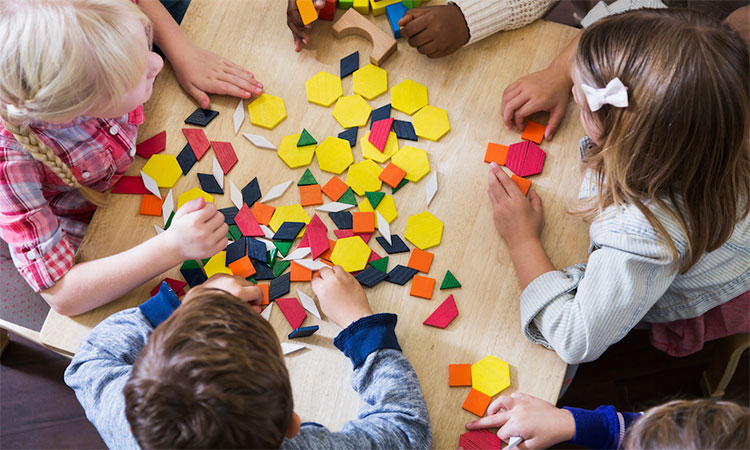
How Children Learn
Let us analyze the learning process of a young child from a neuro-psychological point of view. The body receives information at the periphery [sensory and motor organs] and encodes it as nerve impulses. When these electrical impulses reach the brain, they trigger the release of messenger chemicals such as glutamate, which in turn induce electrical impulses as they travel from one neuron to another, resulting in a response that may result in an encoded memory or a behavior.
Let us assume a child is to be taught about an Apple

If the child sees the word ‘A-P-P-L-E’ the brain receives certain impulses which may be encoded in her memory. We can show the picture of an apple along with the word. To enrich learning further we can make the child climb the apple tree, pluck one - then the joy of the activity, physical movement, the temperature, heaviness, texture of the apple, sends certain other impulses to the child’s brain. Her learning about an apple will be enhanced if we can make the child smell, lick and eat the apple and at the same time allow her to talk about where and how it is grown, categorise it as a fruit and write the word on the board. We can be sure that through this method the learning capability is multiplied.
Contrast this with the way we normally teach children, mostly by writing a word on the board and expecting him to learn all about it by our verbal discourse alone. We are literally starving parts of the brain which can actually aid the child in learning! ―